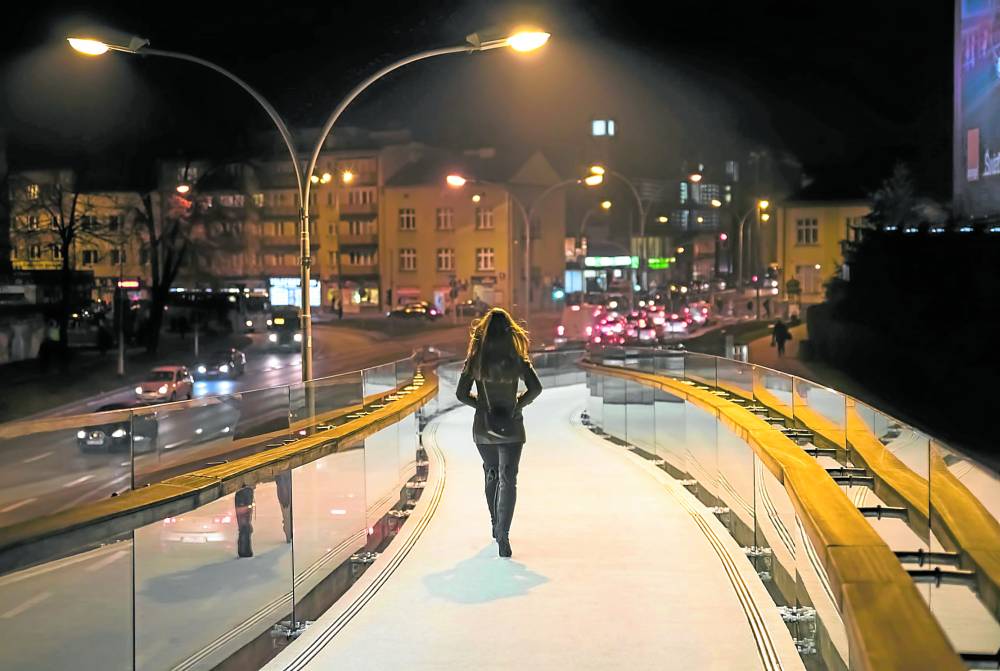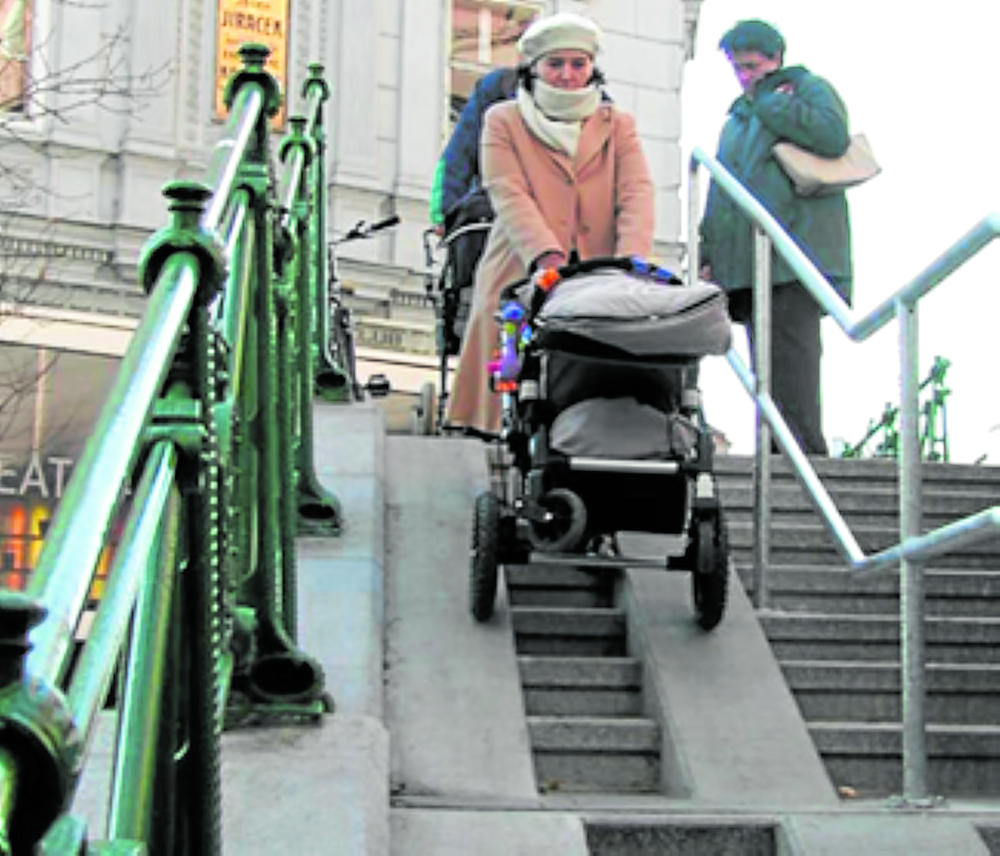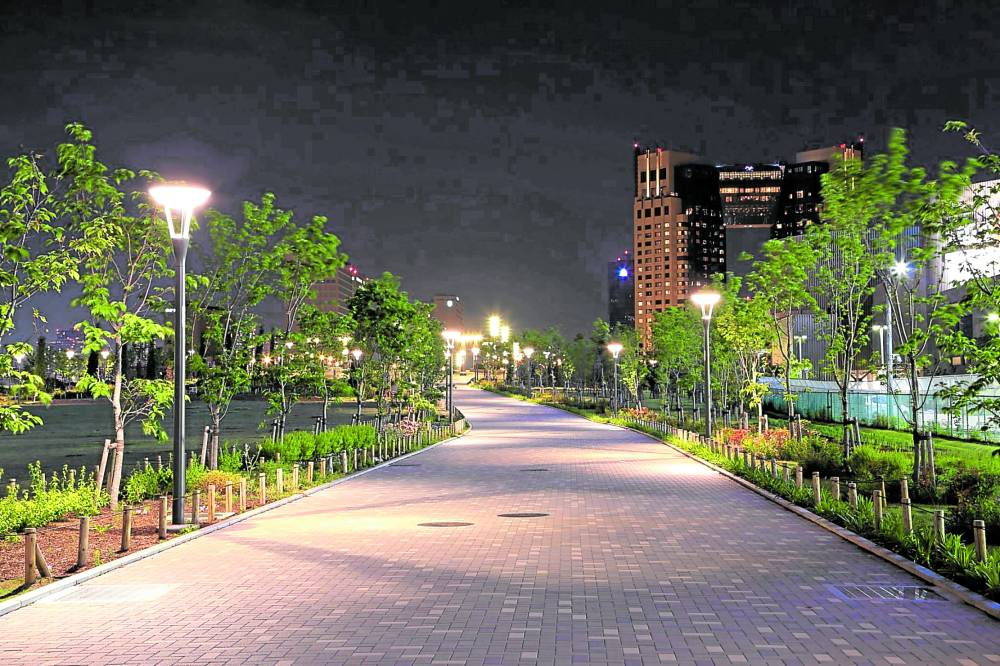Why well-lit public spaces are crucial to women’s rights, safety

One particular component that can be utilized for women’s rights promotion is urban lighting. (John Maynard via https://www.linkedin.com)
Women’s rights are fundamental human rights. Globally, policies are being established to uphold these rights, achieve gender equality, and eliminate gender-based violence and discrimination.
However, despite significant progress in feminist movements, the full realization of women’s basic human rights remains unachieved.
Prioritizing human rights
The United Nations Special Rapporteur on Violence against Women reports that one in three women experience gender-related violence by an intimate partner or another person in their lifetime. While much of this violence is reported in private spheres, there is a lack of data on violence in public spaces.
Public spaces, shaped by urban design, should prioritize human rights. Human rights advocates emphasize that without these rights, cities face more inequalities, discrimination, and poor living conditions.
The New Urban Agenda of 2016 outlines four principles for a human rights approach to sustainable urbanization: participation, accountability, addressing root causes of violations, and encompassing strategies for empowerment.
Creating cities with equal opportunities for all can ensure that people live in security, peace, and dignity, as noted by Emelonye. The connection between human rights and urban design has been explored by many, including Davies, who referenced Lefebvre’s “Rights to the City,” Frug’s “Design and Governance,” and Brown’s “Design Thinking.”

Proper lighting design can significantly increase perceived safety and support women’s rights in public spaces. (CC BY-SA 3.0 via Wikimedia Commons)
Overlooked perspective
However, feminist perspectives in urban design are often overlooked.
It is crucial to design public spaces that ensure women’s participation, entitlement, and protection from violations and discrimination. This approach brings to mind the Filipino saying, “Ang ina ang ilaw ng tahanan,” or “The mother is the light of the home,” highlighting the profound role of women in our families.
However, it’s also a cultural expectation that has prevented many women from achieving leadership roles outside the home.
Philippine statistics in 2023 showed that 48 percent of leaders in management are women, but only 38.9 percent are in the labor force. Women’s representation in government leadership is less than 30 percent.
With empowering and inclusive policies and the continued efforts of women leaders through representation, women’s influence can extend from the home to neighborhoods, communities, and public spheres.
One particular component that can be utilized for women’s rights promotion is urban lighting.
Urban lighting plays a significant role in public space design, affecting how spaces are used day and night. Advances in LED technology and sustainability goals should be integrated with human rights-based urban planning to create safe, inclusive, and well-lit public spaces for all.
Traditional designs

Designing lighting for urban spaces should go beyond following standards. (HTTPS://WWW.FACEBOOK.COM/@FORCARDIFF)
However, simply providing lighting is not enough to ensure women’s safety. Consultants accustomed to traditional norms often respond with “ilaw lang yan” (it’s just lighting), but this simplistic approach fails to address women’s specific needs.
Designing lighting for urban spaces should go beyond following standards. Traditional male-centric designs must evolve to consider women’s rights and safety. There is a lack of literature on how well-lit streets impact women’s rights. If women have a right to safety, they should also have a right to safe, well-lit spaces.
Many women feel unsafe using public transport after dark, especially on poorly lit streets and transit stations. Good urban lighting can enhance traffic safety, public safety, and pedestrian accessibility.
Therefore, concrete efforts from different sectors should emphasize the need for women’s perspectives in the designed and built environment.

Good urban lighting can enhance public safety, and pedestrian accessibility. (HTTPS://OURDAILYBREAD.ORG)
Effective lighting should provide adequate lumen output, uniformity, reduced glare, good color rendering, and appropriate color temperature. Proper lighting design can significantly increase perceived safety and support women’s rights in public spaces. The layering of general lighting with task and accent lighting can enliven spaces and achieve desired outcomes.
Well-lit streets and urban spaces are vital for promoting and protecting women’s rights. Effective urban lighting ensures reduced fear among city residents, allows for more inclusive use of public space, and provides agency by enabling women to engage in social, economic, and cultural activities safely and confidently.
The author is a mother of three, an architect, and an assistant professor at the University of the Philippines Diliman College of Architecture, where she is taking up her PhD in Designed and Built Environment. She is currently the Urban Design Studio Laboratory Coordinator. This article is part of her research undertaking on “Beautifully Illuminated Neighborhoods: The Dialectic Relationship Between Women’s Participation in Design and the Promotion of Women’s Rights,” which is supported by the University of the Philippines Center for Women and Gender Studies, through its UPCWGS 2024 Grant


